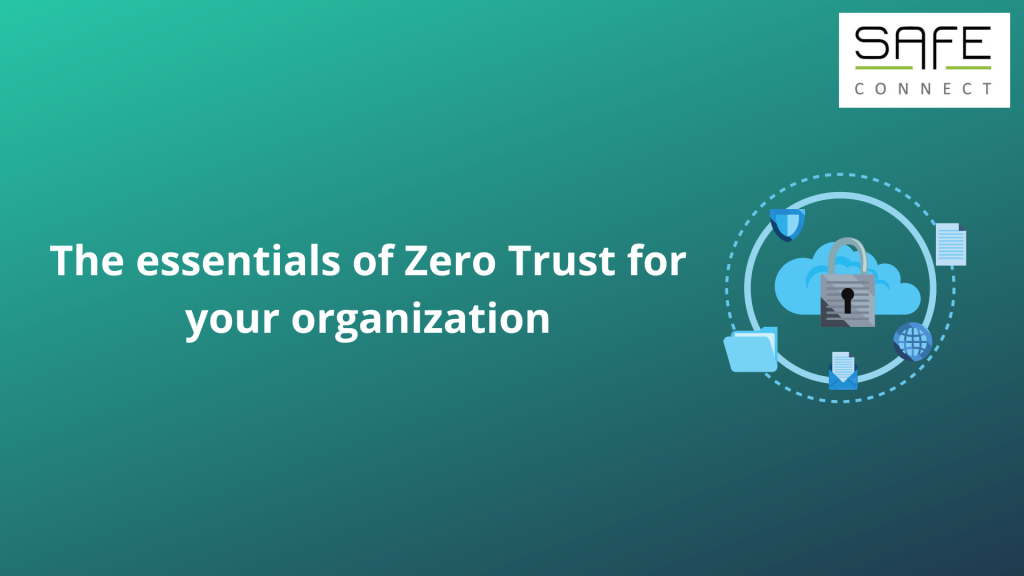
What are the essentials of Zero Trust for your organization
Home » Security » What are the essentials of Zero Trust for your organization
In an era where cyber threats are constantly evolving, it is essential to protect your business on every front. One strategy that is gaining traction in this regard is the concept of Zero Trust. But what exactly does this entail? And how can it help your business operate more securely in a digital landscape brimming with potential risks? In this blog, you’ll discover everything you need to know about Zero Trust and how to apply it in your organization.
What is Zero Trust?
Zero Trust is an approach to cybersecurity that leaves the traditional security perimeter behind. Instead of automatically trusting users or devices within your network, each access request is treated as if it came from an unknown and potentially threatening source. In other words, don’t automatically trust anyone, even if they are inside your network.
The building blocks of Zero Trust
1. Identity and access management
Your identity is the key to access. Use strong authentication methods, such as multi-factor authentication (MFA), to ensure that only authorized individuals or systems are granted access.
2. Application Management
Manage access to specific applications based on the principle of least privilege. Grant access only to those who strictly need it to perform their tasks.
3. Network Security
Encrypt data traffic inside and outside your network. Implement firewalls and intrusion detection/prevention systems to prevent unauthorized access.
4. Advanced analysis and monitoring
Continuously monitor network traffic and user activity. Advanced analysis tools can identify suspicious activity and take action. We combine multiple technologies to ensure your digital work environment is securely monitored.
The advantages of Zero Trust for your company
By applying Zero Trust within your organization, you increase security on several levels:
- Better Protection from Advanced Threats: By verifying every access request, you minimize the chance of a breach.
- Mitigation of Damage in the Event of a Breach: In the event that a breach does occur, Zero Trust mitigates the damage by limiting access to the minimum level necessary.
- Improved Compliance: Many regulations require strict security measures. Zero Trust can help meet these requirements.
Conclusion: your journey to Zero Trust can begin today
By carefully verifying and managing every access request, you strengthen your company's security on every front. Start your journey to Zero Trust today and protect your organization from the rapidly changing world of cyber threats.
Schedule an appointment with a specialist